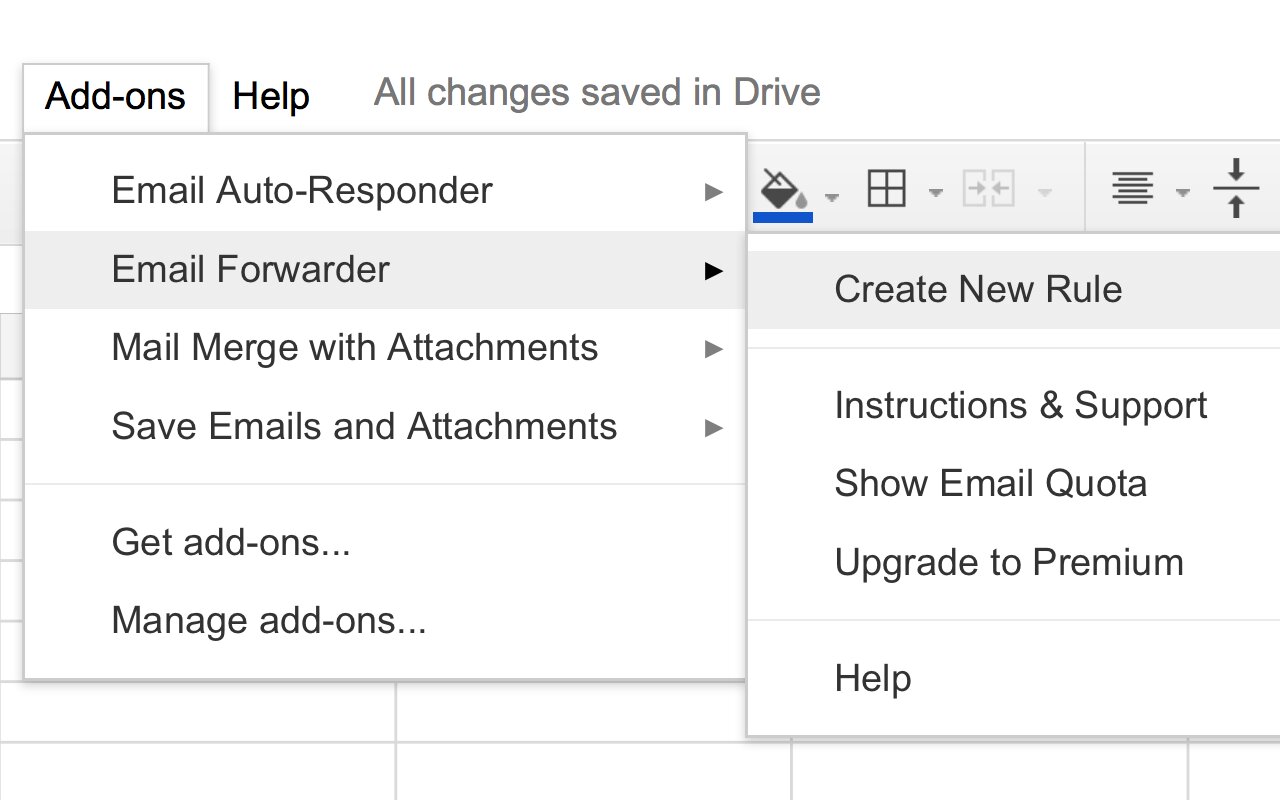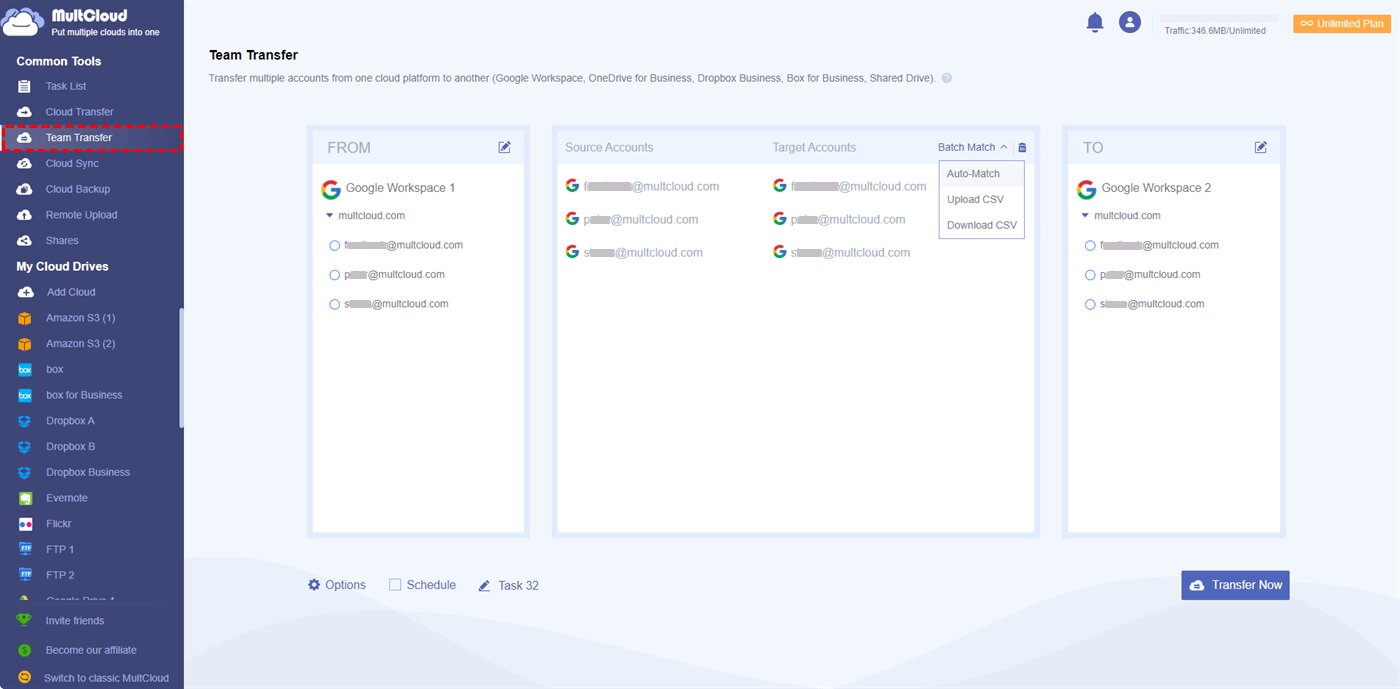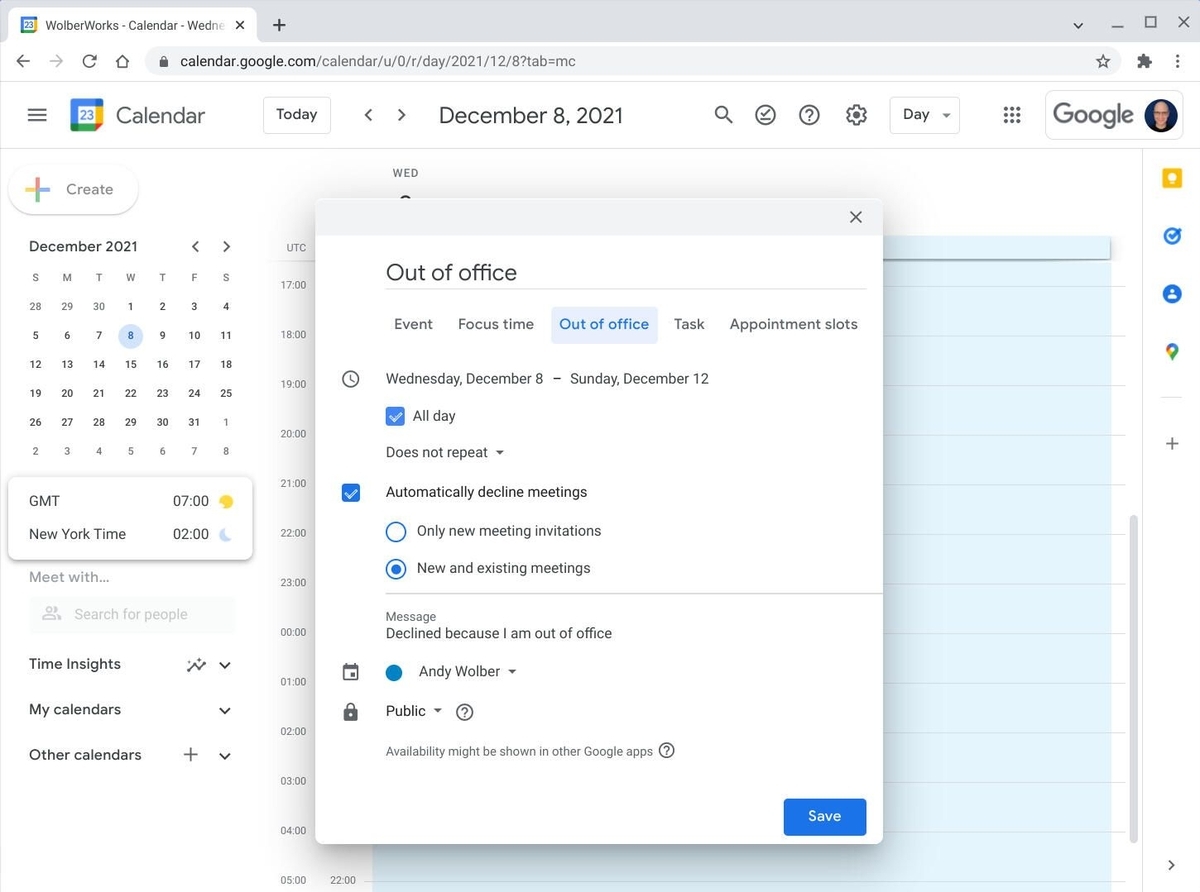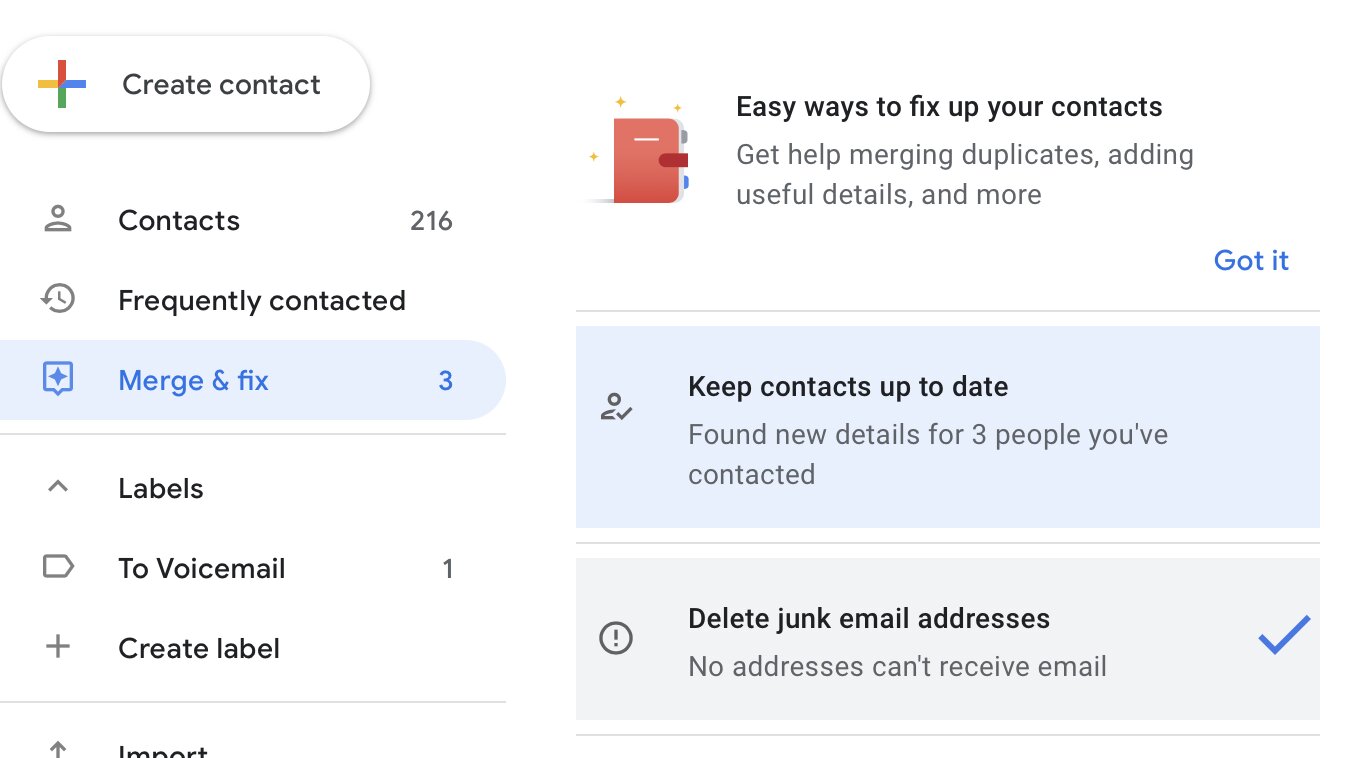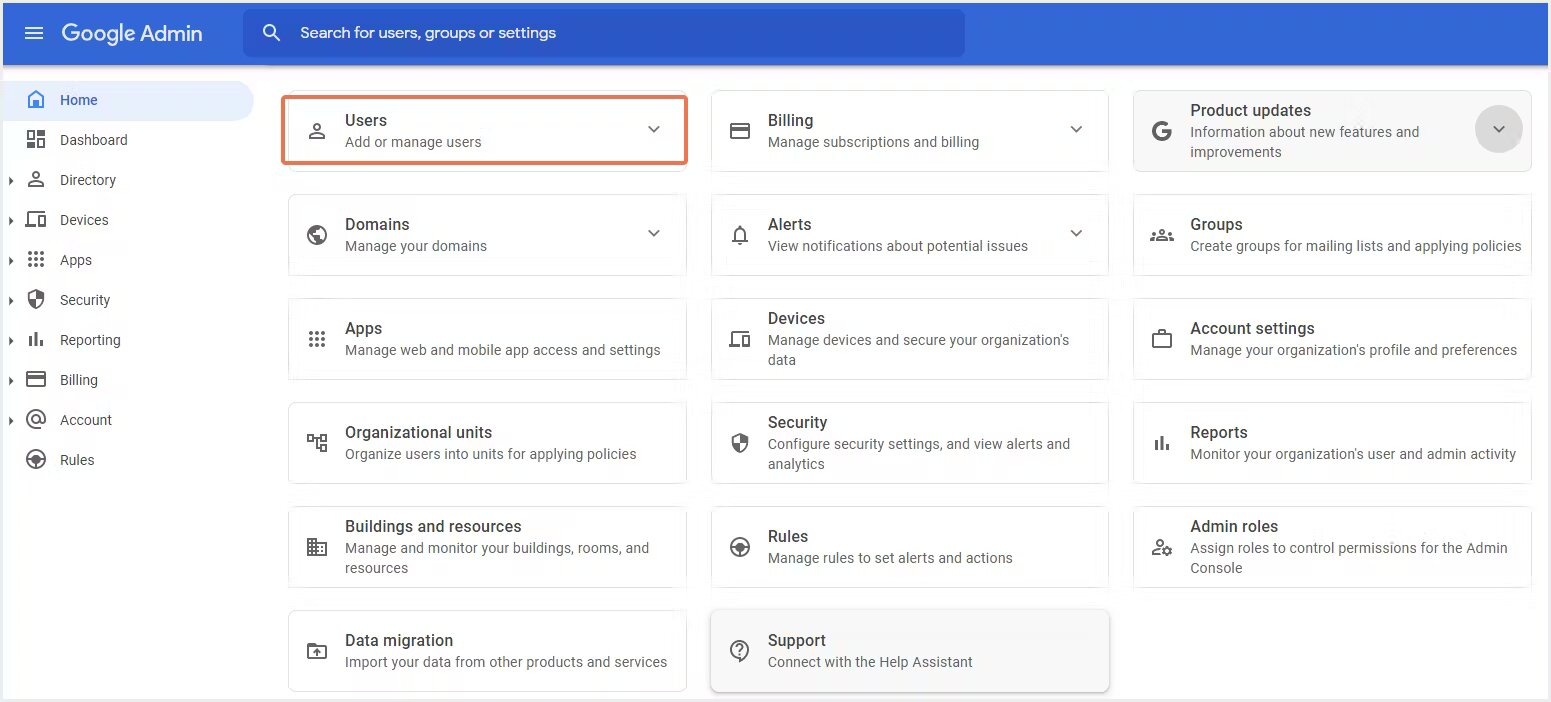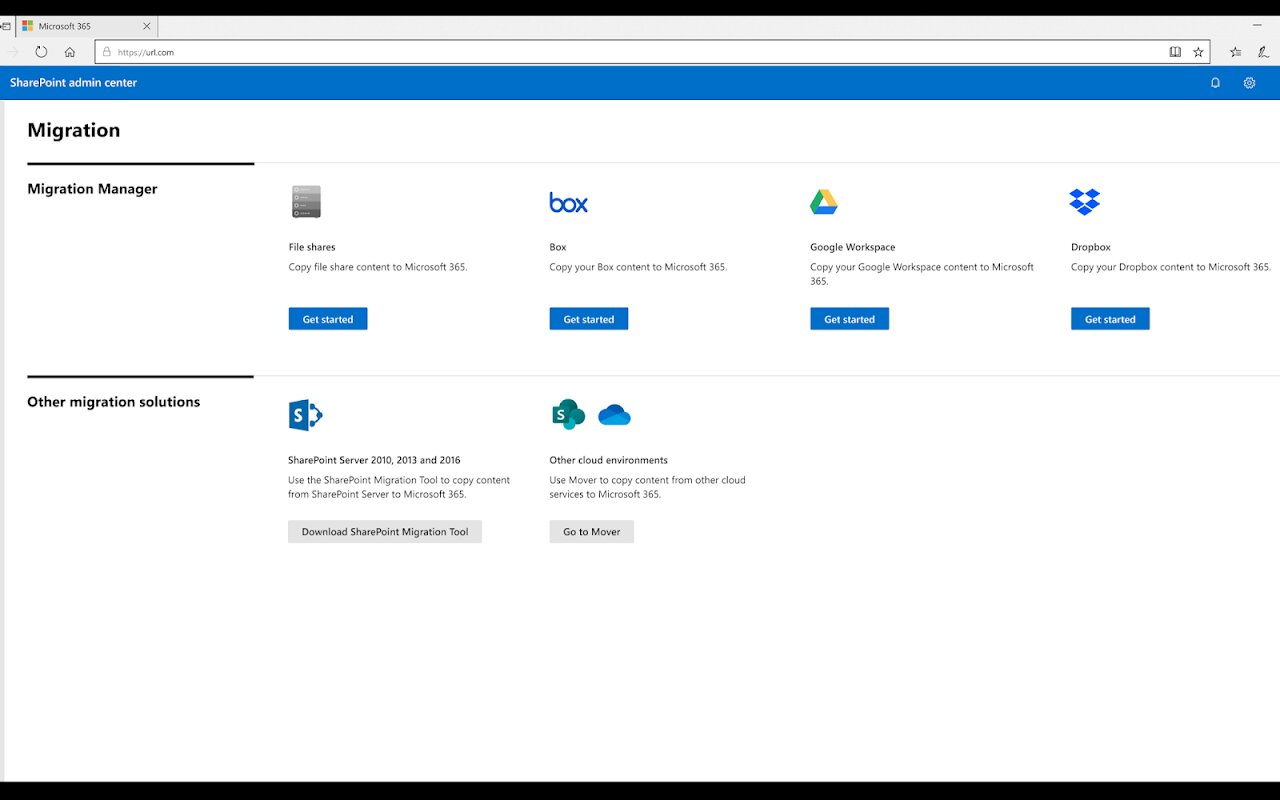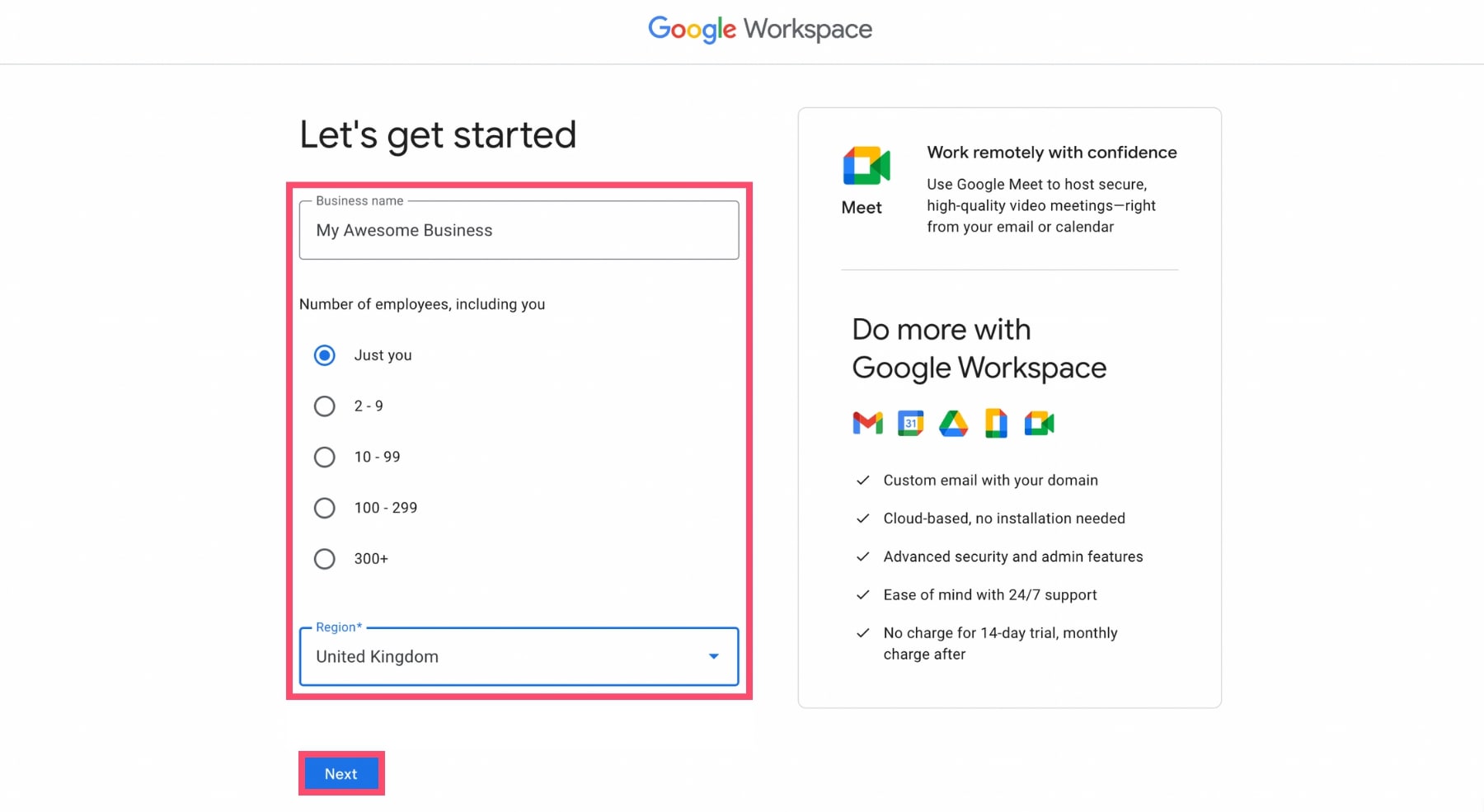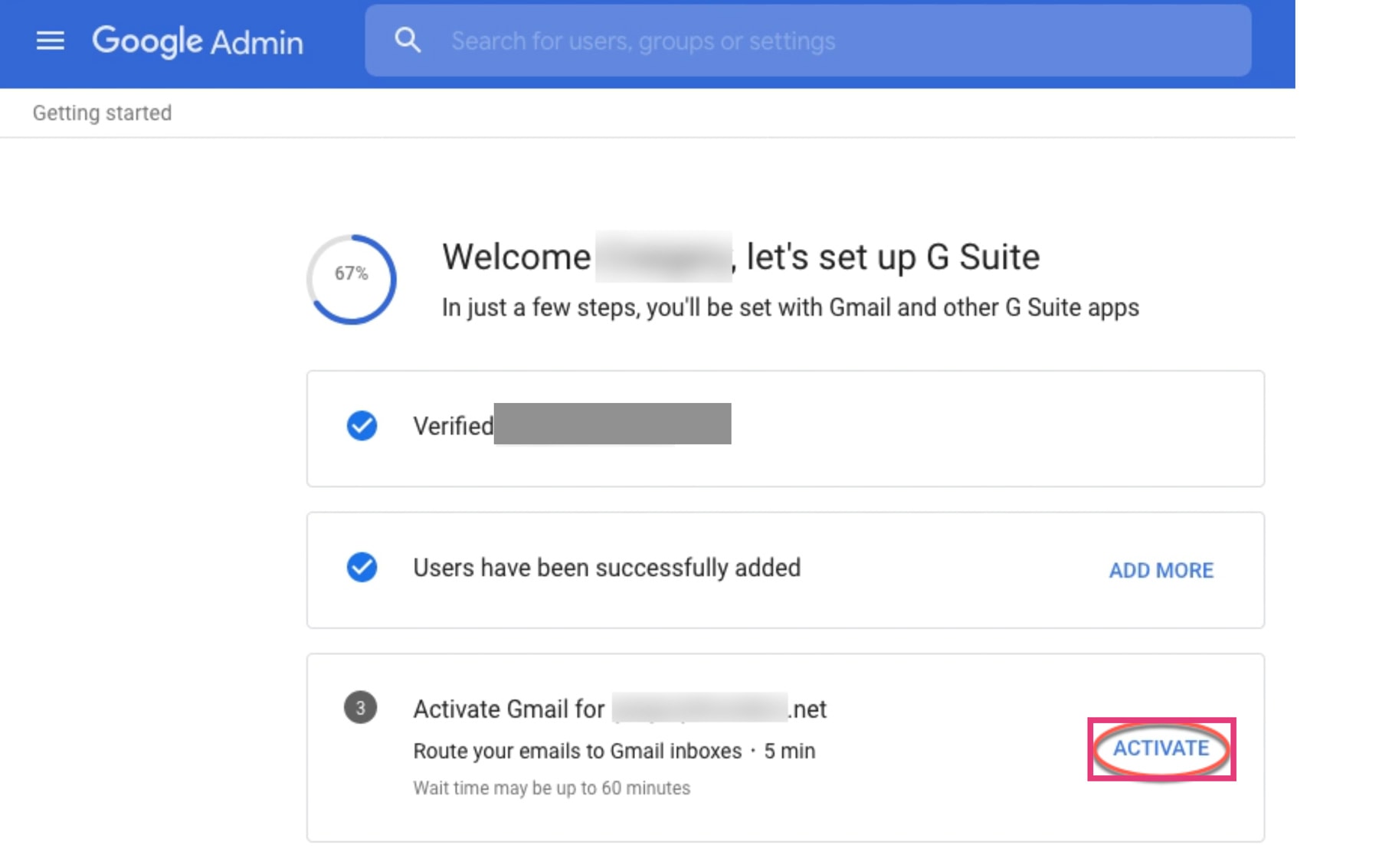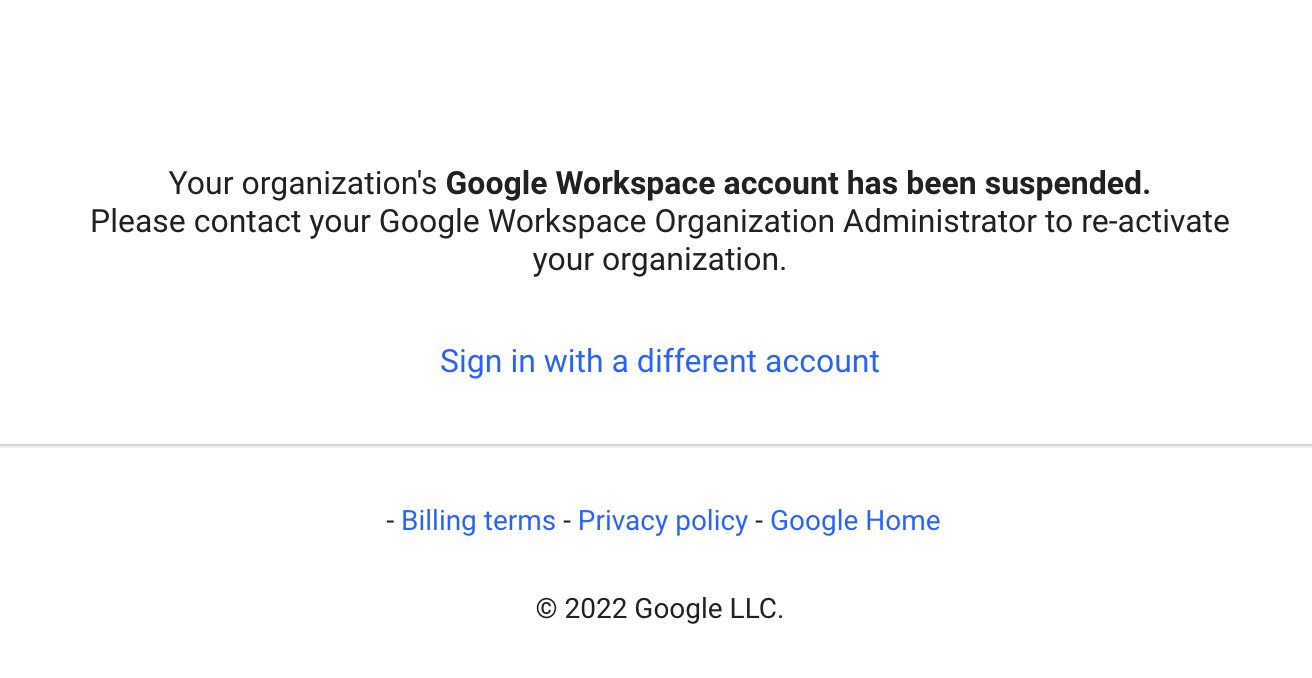Introduction
In today’s digital age, email has become an integral part of our personal and professional lives. Whether it’s sharing important documents, communicating with colleagues, or staying connected with friends and family, we rely on email for a variety of purposes. However, there are times when we may need to redirect our incoming messages to another email address. This is where email forwarding comes into play.
Email forwarding allows you to automatically redirect incoming messages from one email account to another. It provides flexibility and convenience, ensuring that you receive all your emails in one central location, even if you have multiple email addresses. This can be especially useful for individuals who manage multiple accounts or businesses that need to streamline their communication process.
In this article, we will focus on how to forward emails in Google Workspace. Google Workspace, formerly known as G Suite, offers a comprehensive suite of productivity tools, including Gmail for email management. Whether you are a small business owner, a remote worker, or simply an individual looking to optimize your email workflow, understanding how to set up email forwarding in Google Workspace can help you stay organized and efficient.
We will walk you through the step-by-step process of forwarding your emails in Gmail, as well as guide you on how to set up email forwarding rules in Google Workspace. Additionally, we will share some best practices for email forwarding and provide troubleshooting tips for common issues you may encounter.
So, without further ado, let’s dive into the world of email forwarding and learn how to make the most of this powerful feature in Google Workspace.
Why Forward Emails?
Email forwarding serves a variety of purposes and can be advantageous in several situations. Here are a few reasons why you might consider forwarding your emails:
Consolidating Emails: If you have multiple email accounts spread across different providers, managing them individually can be time-consuming and overwhelming. Email forwarding allows you to consolidate all your messages into a single inbox, making it easier to keep track of your communications.
Centralized Communication: For businesses with multiple departments or teams, forwarding emails to a central email address ensures that all relevant parties have access to important messages. This streamlines the communication process, avoids miscommunication, and improves overall efficiency.
Email Management: By forwarding your emails to a specific email account, you can create a unified system for managing your messages. Whether you want to prioritize certain types of emails, categorize messages based on specific criteria, or filter out spam, email forwarding allows you to customize your email management strategy.
Backup and Archiving: Email forwarding can serve as a backup and archiving solution. By forwarding emails to a secondary email account or cloud storage service, you create a copy of your messages that can be accessed and stored securely. This provides an extra layer of protection against potential data loss.
Working Remotely: For individuals or teams working remotely, email forwarding can be a valuable tool. It ensures that everyone receives important communications, even if they are not directly connected to the original email account. This helps maintain collaboration and productivity, regardless of physical location.
These are just a few of the many reasons why email forwarding may be beneficial. Whether you are looking to streamline your email management, improve team collaboration, or enhance your personal workflow, email forwarding offers flexibility and convenience.
Now that we understand the importance of email forwarding, let’s explore how to set it up in Gmail and Google Workspace.
How to Forward Emails in Gmail
Gmail, the popular email service provided by Google, offers a straightforward process for forwarding your emails to another account. Here’s how you can do it:
1. Open Gmail and sign in to your account.
2. Click on the gear icon located in the top-right corner of the screen, and select “Settings” from the dropdown menu.
3. In the Settings menu, navigate to the “Forwarding and POP/IMAP” tab.
4. In the “Forwarding” section, click on the “Add a forwarding address” button.
5. Enter the email address to which you want to forward your messages, and click “Next”.
6. Gmail will send a verification email to the forwarding address you provided. Access the forwarding address account and locate the verification email.
7. Open the verification email and click on the verification link to confirm the forwarding address.
8. Return to the Gmail settings page and refresh the page if necessary.
9. In the “Forwarding” section, select the option “Forward a copy of incoming mail to” and choose the forwarding address from the dropdown menu.
10. Choose the desired options for how Gmail handles forwarded messages. You can choose to keep a copy of forwarded messages in your Gmail inbox, mark them as read, or archive them.
11. Scroll down to the bottom of the page and click “Save Changes”.
That’s it! Your incoming emails will now be automatically forwarded to the designated email address. You can always return to the Gmail settings to modify or disable the forwarding settings as needed.
It’s important to note that Gmail may temporarily disable forwarding if suspicious activity is detected, in order to protect your account security. If you encounter any issues with email forwarding in Gmail, make sure to check your account settings and ensure that the forwarding address is verified.
Now that you have learned how to forward emails in Gmail, let’s explore how to set up email forwarding in Google Workspace for more advanced options.
How to Forward Emails in Google Workspace
Google Workspace provides powerful email management features, including the ability to forward your emails to another email address within your organization or to external recipients. Here’s how you can set up email forwarding in Google Workspace:
1. Sign in to your Google Workspace account and access the Admin Console.
2. Navigate to the “Apps” section and click on “Google Workspace” (formerly G Suite).
3. In the Google Workspace Admin Console, click on “Gmail” to access the Gmail settings for your organization.
4. Select the desired organizational unit (if applicable) or click on “General Settings” if you want to apply email forwarding rules to all users in your organization.
5. Scroll down to the “Email routing” section and click on “Configure email routing”.
6. In the “Email routing” page, click on the “Add +” button to create a new route.
7. Configure the routing settings based on your requirements:
- Recipient: Enter the email address where you want to forward the incoming emails.
- Routing setting: Choose whether you want to keep a copy of forwarded messages in the original recipient’s mailbox or delete them after forwarding.
- Envelope recipient: Select the option that defines how the envelope recipient is treated during forwarding.
- Route action: Choose whether you want to forward the message or modify the envelope recipient.
8. Click on “Add +” to add the forwarding route. You can create multiple routes if needed.
9. Once you have created the forwarding routes, click on “Save” to apply the changes.
That’s it! You have now set up email forwarding in Google Workspace. Any incoming emails to the specified recipients will be automatically forwarded to the designated email address(es) based on the routing rules you have configured.
Remember to periodically review and update your email forwarding settings in the Google Workspace Admin Console to ensure they align with your organization’s needs and policies. You can also edit or delete existing forwarding routes as required.
Now that you know how to forward emails in Google Workspace, let’s explore some best practices for email forwarding to maximize its effectiveness.
Setting up Email Forwarding Rules
In addition to basic email forwarding, Google Workspace allows you to set up email forwarding rules to customize how certain types of emails are handled. Here’s how you can create email forwarding rules:
1. Access your Gmail account or Google Workspace Admin Console, depending on your level of access.
2. Go to the settings menu of the relevant Gmail account or navigate to the Google Workspace Admin Console and select the desired organizational unit.
3. Look for the “Filters and Blocked Addresses” or “Filter Rules” section, and click on the option to create a new filter or rule.
4. Specify the criteria for the filter or rule. This can include the sender’s email address, specific keywords in the subject or message, or other parameters.
5. Once you have defined the criteria, choose the action to be taken. In this case, select the option to “Forward it to” and enter the email address where you want the emails to be forwarded.
6. Optionally, you can choose additional actions such as marking the email as read, applying a label, or archiving the message.
7. Save the filter or rule to apply it to your incoming emails.
With email forwarding rules, you can create a highly personalized and efficient system for handling your emails. For example, you can set up rules to automatically forward all emails from a specific client or project to a designated team member. You can also use filters to forward emails with specific keywords to relevant departments or individuals within your organization.
It’s important to regularly review and update your email forwarding rules to ensure they align with your changing needs. You can edit or delete existing rules as required and create new rules as needed. By regularly refining your email forwarding rules, you can optimize your workflow and ensure that important messages are directed to the right recipients.
Now that you understand the process of setting up email forwarding rules, let’s move on to some best practices for effective email forwarding.
Best Practices for Email Forwarding
Email forwarding can be a powerful tool for streamlining your email management and improving productivity. To make the most of this feature, here are some best practices to keep in mind:
1. Selectively Forward Emails: Avoid forwarding all incoming emails indiscriminately. Consider which emails are truly important and relevant to the recipient. By forwarding only essential messages, you can prevent clutter and ensure that recipients receive relevant information.
2. Review and Refine Forwarding Rules: Regularly review your email forwarding rules to ensure they remain accurate and aligned with your needs. Remove outdated rules and create new rules as necessary to reflect changes in your communication patterns.
3. Utilize Filters and Labels: Combine email forwarding with filters and labels to sort and categorize incoming messages effectively. Use filters to automatically forward emails based on specific criteria, and apply labels to organize and prioritize forwarded emails in the recipient’s inbox.
4. Consider Security and Confidentiality: Be cautious when forwarding sensitive or confidential information. Ensure that forwarded emails are sent to trusted recipients and take necessary measures to protect the privacy and security of the forwarded content.
5. Communicate the Forwarding Process: If you receive emails on behalf of others, such as team members or colleagues, let them know about the email forwarding process. Transparency and clear communication help maintain trust and ensure smooth collaboration.
6. Regularly Monitor and Adjust: Monitor the effectiveness of your email forwarding setup. Check that forwarded emails are reaching the intended recipients and review any feedback or concerns. Adapt your forwarding rules based on user feedback and evolving needs.
7. Test and Verify: Whenever you set up new forwarding rules, send test emails to verify that the forwarding is working as intended. This allows you to catch any issues or misconfigurations early on and ensure a seamless flow of emails.
8. Stay Organized: Implement a system to manage forwarded emails efficiently. Create folders or archive labels to store forwarded emails based on projects, clients, or other relevant categories. Regularly clean up your inbox to avoid clutter and maintain a well-organized workflow.
By following these best practices, you can make your email forwarding process more efficient, secure, and tailored to your specific needs. Email forwarding, when done right, can significantly enhance your productivity and simplify your email management.
Now, let’s explore some common issues that you may encounter with email forwarding and provide troubleshooting tips to overcome them.
Common Issues and Troubleshooting Tips
While email forwarding can greatly streamline your communication process, there may be instances where you encounter common issues. Here are some of the most common problems with email forwarding and troubleshooting tips to help you resolve them:
1. Verification Issues: One common issue is verifying the forwarding email address. If you’re not receiving the verification email, check your spam or junk folder. Additionally, ensure that you have entered the correct email address for forwarding and that it is set up to receive emails.
2. Forwarding Loop: Sometimes, forwarding rules can create a loop where emails are continuously forwarded between email accounts. To resolve this, review your forwarding rules to ensure they are not set up to forward to each other. Double-check your settings to prevent unintended loops.
3. Incorrect Forwarding: Emails may not be forwarded as expected if the forwarding address or conditions are not set up correctly. Verify that the forwarding address is accurate and that the forwarding rule criteria match the desired emails. Adjust the rule settings if needed.
4. Suspicious Activity Blocking: If Gmail or Google Workspace detects suspicious activity related to your email forwarding, it may temporarily disable the feature to protect your account. To resolve this, ensure that your account is secure and follow any prompts or instructions provided to re-enable forwarding.
5. External Email Forwarding Restrictions: In certain cases, Gmail or Google Workspace may have restrictions on forwarding emails to external email addresses for security reasons. If you encounter this issue, review your organization’s email settings and consult with the appropriate administrator to determine if external forwarding can be enabled.
6. Inconsistent Forwarding: If you notice that some emails are being forwarded successfully while others are not, verify that the emails meet the specified forwarding criteria in your rules. Pay attention to any filters or labels applied to incoming emails, as they may affect the forwarding process. Adjust the rules accordingly to ensure consistent forwarding.
7. Auto-Reply and Vacation Settings: If you have enabled auto-reply or vacation settings in your email account, forwarded emails may trigger an automated response. Review your account settings and disable auto-replies or vacation messages if they are not desired.
8. Account Syncing: If you use multiple devices to access your email account, ensure that they are all properly synced. When setting up email forwarding rules or troubleshooting issues, check each device to ensure consistency in settings and configurations.
By following these troubleshooting tips and addressing common issues, you can overcome challenges related to email forwarding and ensure a smooth and efficient forwarding process.
Now that you’re equipped with troubleshooting knowledge, let’s wrap up our discussion on email forwarding.
Conclusion
Email forwarding is a valuable feature that can simplify your email management and improve your workflow. Whether you are using Gmail for personal use or Google Workspace for your organization, knowing how to set up email forwarding can greatly enhance your productivity and communication process.
In this article, we explored how to forward emails in Gmail, providing step-by-step instructions to redirect your emails to another account. We also delved into the process of setting up email forwarding in Google Workspace, allowing you to customize forwarding rules for your organization.
Furthermore, we discussed best practices for email forwarding, emphasizing the importance of selectively forwarding emails, regularly reviewing and refining forwarding rules, and utilizing filters and labels to streamline the process. We also provided troubleshooting tips for common issues that may arise when using email forwarding.
By following these tips and employing effective email forwarding strategies, you can efficiently manage and organize your emails, consolidate your communication channels, and improve collaboration and productivity within your organization.
Remember, email forwarding is a tool to help you streamline your workflow, but it should be used judiciously. Consider the security and confidentiality of the forwarded information and communicate the forwarding process with relevant parties to maintain transparency and trust.
Now that you have gained a comprehensive understanding of email forwarding in Gmail and Google Workspace, you are well-equipped to optimize your email management and enhance your communication capabilities. Implement these practices and make the most of this powerful feature to stay organized, efficient, and connected.







